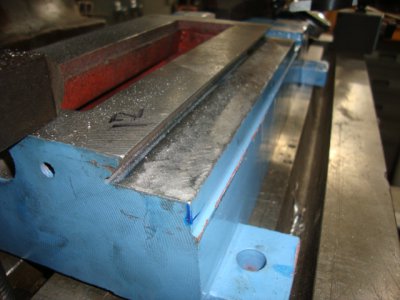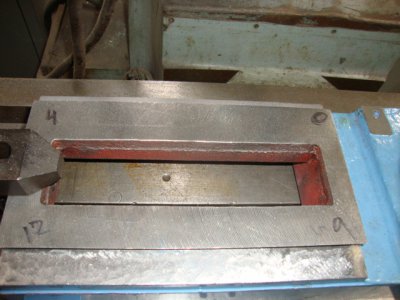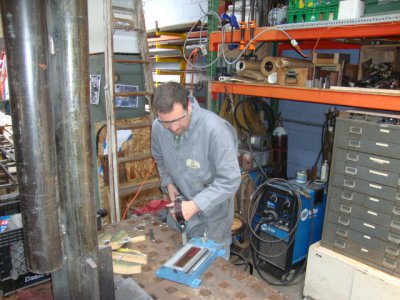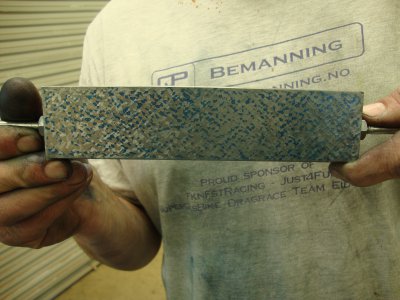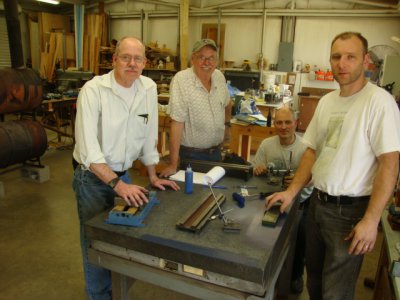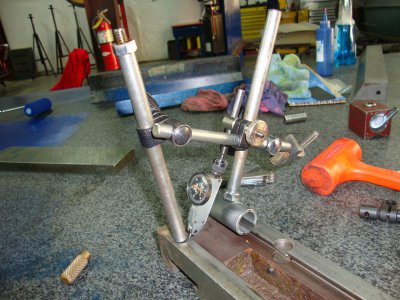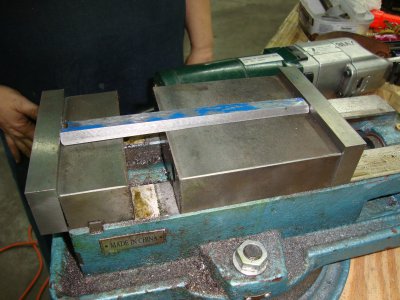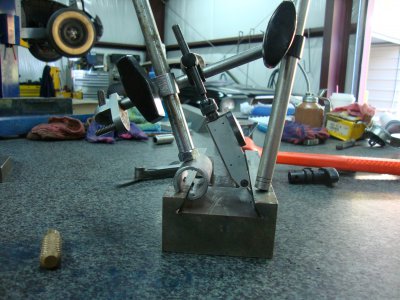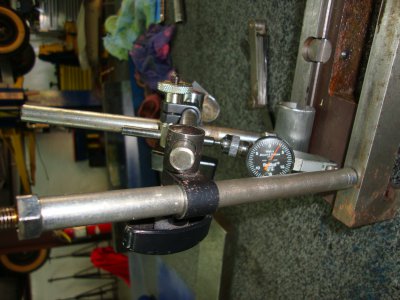Hello all:
I'm scraping the ways of a mini mill base. I'm using both the saddle and a straight edge for bluing. Do I use the base first and scrape until I have full contact and then use the straight edge to scrape for bearing? Alternatively, do I scrape with the saddle, then scrape withe the straight edge, then go back to the saddle, etc?
Mel
I'm scraping the ways of a mini mill base. I'm using both the saddle and a straight edge for bluing. Do I use the base first and scrape until I have full contact and then use the straight edge to scrape for bearing? Alternatively, do I scrape with the saddle, then scrape withe the straight edge, then go back to the saddle, etc?
Mel

